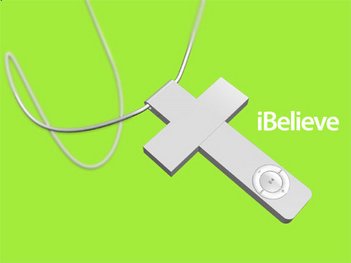Improving your product/service offering becomes an elusive task, especially when it's been on the market for a while. Companies either focus on improving operational efficiency or add more features, not always in the most rational way. Rational in retrospective, that is.
The exit from the above conundrum is empirically sought in terms of consumer generated marketing, or
listen to your customer-type of calls, yet the outcome is seldom optimal. And this is not for lack of theory since at academic level there are several frameworks in which to structure the problem (e.g. in terms of social networks:
Modelling Collective Opinion Formation), whereas at a more common sense level, one can always count on books like
The Wisdom of Crowds.To the help of the practitioner comes a piece published last November in Forbes,
Collective Opinion. The whole idea is to employ
loaded dice in tapping large numbers of customers (tens of thousands) for new product ideas:
An online contest for product ideas is very democratic. The firm commissioning the game gets the ball rolling with some starter ideas but then lets the crowd have its way. Once the brainstorming heats up, there may be hundreds, or even thousands, of ideas in play. But it's best to have only half a dozen to a dozen choices for one player to stare at. So the software dishes out small samples selected at random from the pile. But the selection is made with loaded dice. The ideas that get the most votes in early rounds are most likely to pop up on a screen in later rounds. Over time the popular ideas float to the top of the pile.
We may conclude that online loaded dice and large crowds should be the best implementation, for the time being, of the concept: consumer generated marketing. However,
as I replied to a challenge raised by Jim Heskett, consumer generated marketing becomes a source of incremental improvements whereas anything revolutionary could only come during the "breaks" in the dialogue. Indeed, it's hard to imagine the first walkman coming out of some
consumer generated marketing jam-session...
